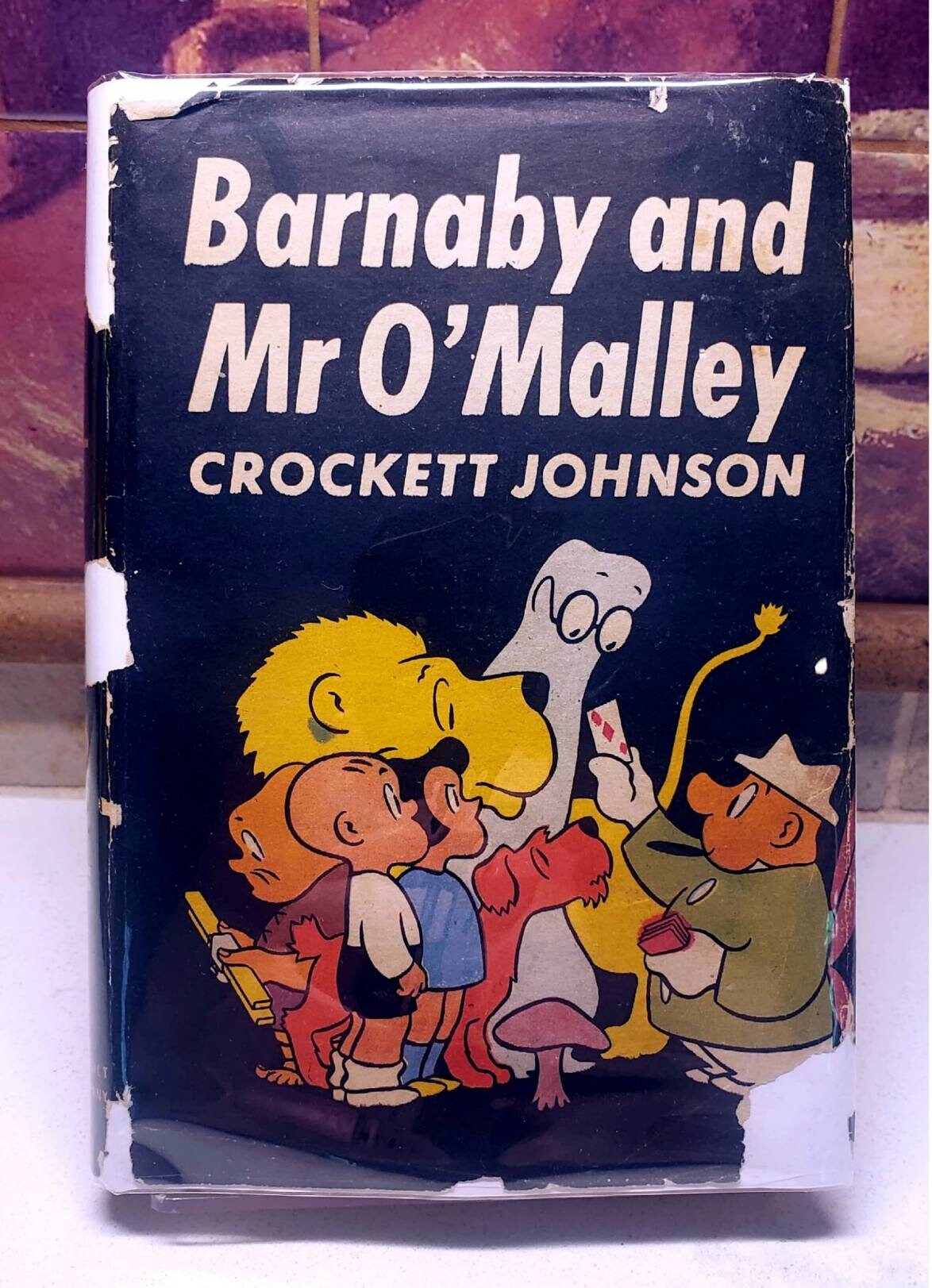

Painting - Proof of the Pythagorean Theorem (Euclid) Description The Pythagorean theorem states that in any right triangle, the square of the side opposite the right angle (the hypotenuse), is equal to the sum of the squares of the other two sides. Location Currently not on view date made 1965 referenced Pascal, Blaise painter Johnson, Crockett ID Number 1979.1093.05 catalog number 1979.1093.05 accession number 1979.1093 Data Source National Museum of American History Morris Bishop, Pascal: The Life of a Genius (1964), pp. Florian Cajori, A History of Elementary Mathematics (1897), 255–56. References: Carl Boyer and Uta Merzbach, A History of Mathematics (1991), pp. It is marked on the back: Crockett Johnson (/) "Mystic" Hexagon (/) (Pascal). The oil or acrylic painting on masonite is signed on the bottom right: CJ65. A figure shown on page 629 of this work may have been the basis of Crockett Johnson's painting, although it is not annotated in his copy of the book. There is a discussion of Pascal’s hexagon in an article by Morris Kline on projective geometry published in James R. Hence the figure came to be known as "Pascal’s hexagon" or, to use Pascal’s terminology, the "mystic hexagon." Pascal’s work in this area is known primarily from notes on his manuscripts taken by the German mathematician Gottfried Leibniz after his death. Pascal generalized the theorem to include hexagons inscribed in any conic section, not just a circle. The three points of intersection are along the top the line that would join them is not shown. In the painting, the circle and cream-colored hexagon are at the center, with the sectors associated with different pairs of lines shown in green, blue and gray. Pappus, writing in the 4th century AD, had shown in his Mathematical Collections that these three points lie on the same line. When the opposite sides of a irregular hexagon inscribed in a circle are extended, they meet in three points. Painting - Mystic Hexagon (Pascal) Description This painting is based on a theorem generalized by the French mathematician Blaise Pascal in 1640, when he was sixteen years old.


 0 kommentar(er)
0 kommentar(er)
